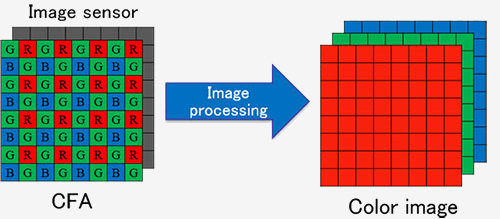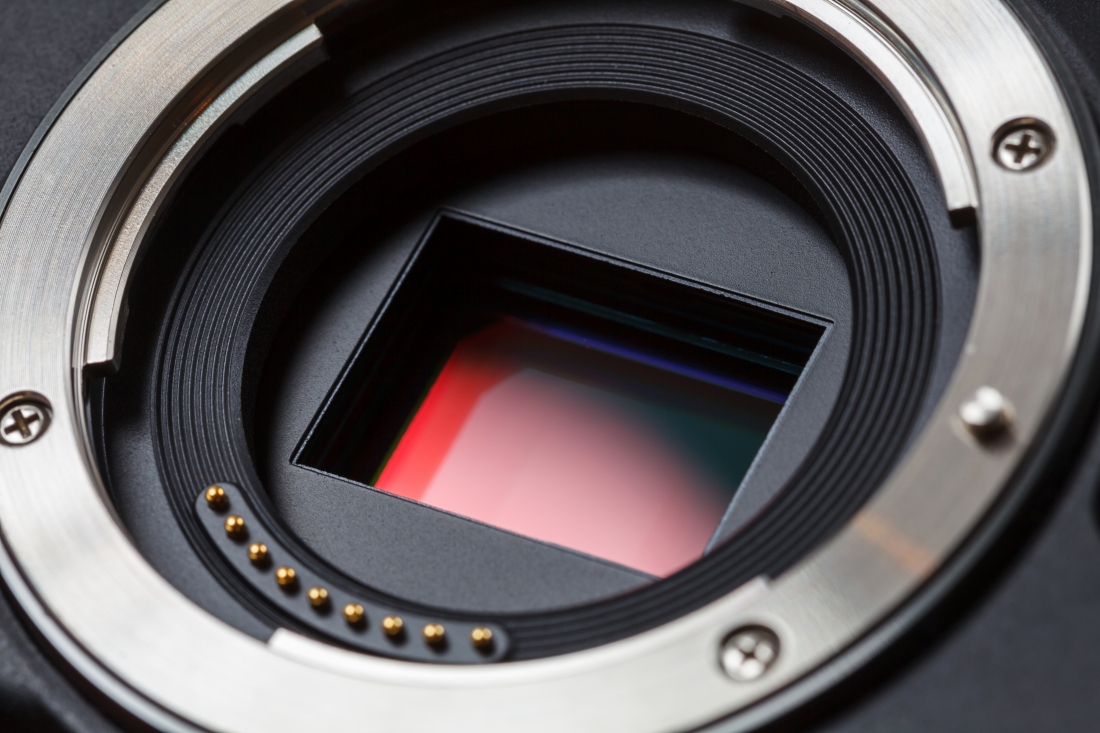Japanese imaging specialist Olympus in partnership with researchers from the Tokyo Institute of Technology have developed a prototype image sensor capable of capturing both color and near-infrared information simultaneously.
The prototype sensor is able to pull off this feat by utilizing a modified Bayer RGB filter. As Digital Trends explains, most image sensors in use today employ this type of sensor which dictates which pixels capture which colors. The standard layout is known as RGGB (red, green, green, blue) and can be seen in the graphic below.

Olympus' prototype replaces the red or blue pixel on every other sequence with a near-infrared pixel which allows it to capture near-infrared data. The result, of course, is a sensor that can capture both color and near-infrared information with a single click of the shutter.
A camera equipped with a hybrid filter such as this could be useful in a variety of fields including robotics, agriculture, medical imaging and security.

Personally, I'm interested in seeing how it would perform compared to digital cameras that have been modified specifically for infrared photography. I dabbled in the area of false color infrared photography briefly several years back although admittedly, I never fully grasped the exact specifics of what I was doing.
Nevertheless, I was able to capture a handful of decent images and wouldn't mind trying it again sometime.
Lead image courtesy Alex Yeung, Shutterstock
